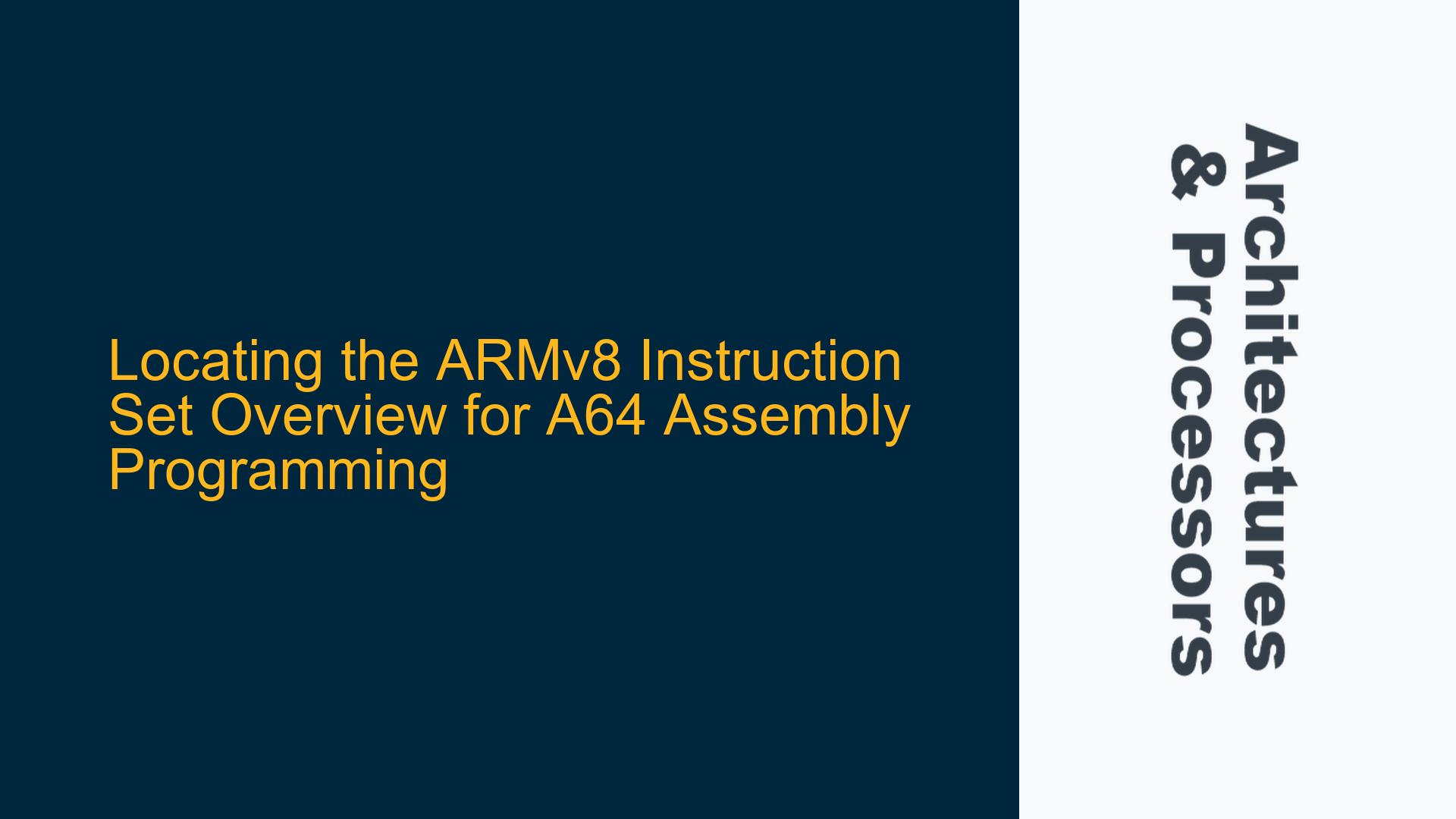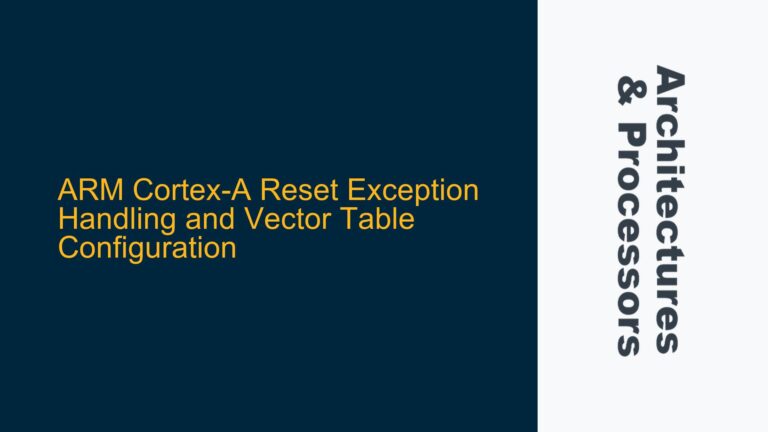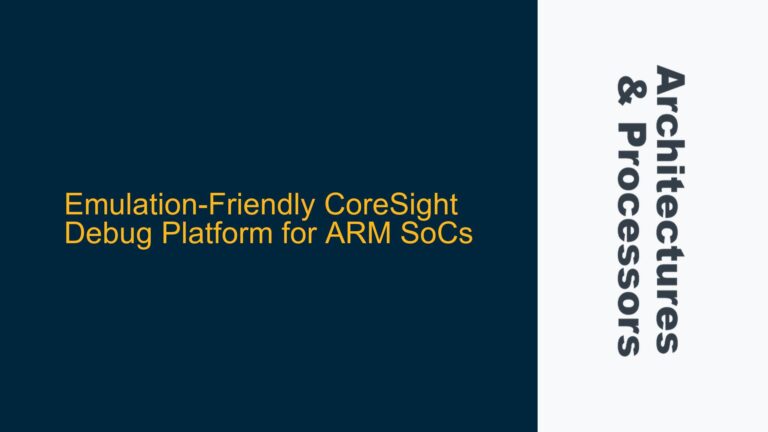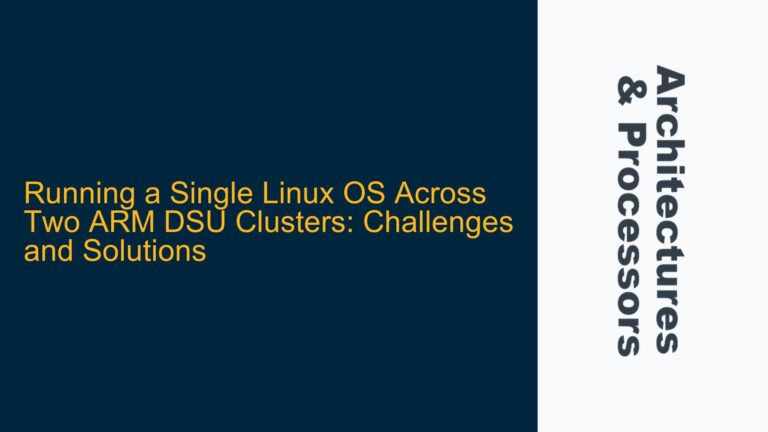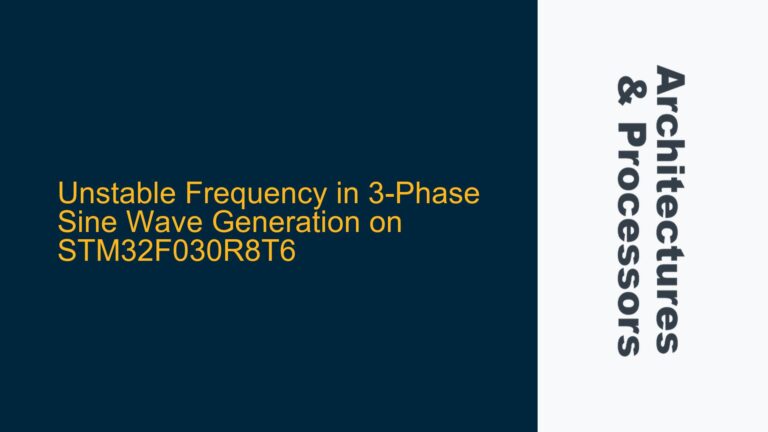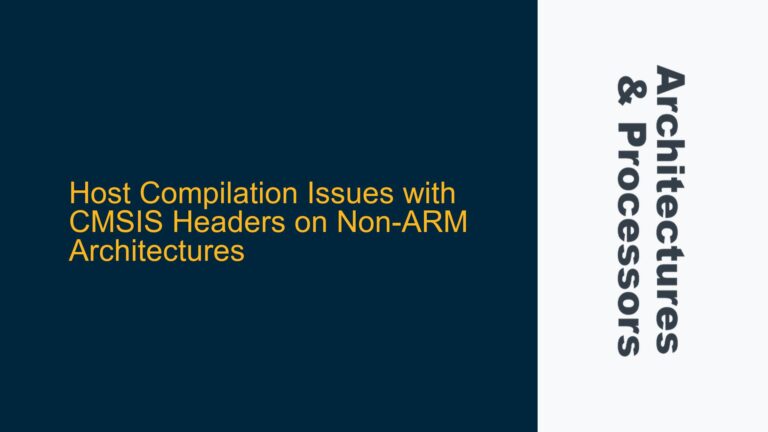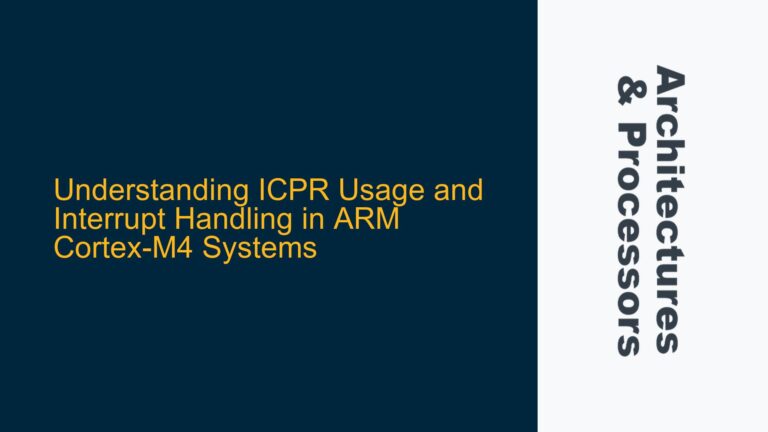ARMv8 Instruction Set Overview: A Concise Reference for A64 Assembly Beginners
The ARMv8 Instruction Set Overview, specifically the document referenced as PRD03-GENC-010197, serves as a critical resource for developers and educators aiming to introduce beginners to A64 assembly programming. This document is designed to provide a succinct yet comprehensive description of the ARMv8 instruction set, making it an ideal quick reference for those new to ARM architecture. Unlike the full ARM Architecture Reference Manual (ARM ARM), which can be overwhelming due to its depth and technical complexity, the ARMv8 Instruction Set Overview distills the instruction set into one or two sentences per instruction, offering a more accessible entry point for learners.
The ARMv8 architecture introduces the A64 instruction set, which is used in the 64-bit execution state of ARMv8-A processors. A64 assembly programming requires a solid understanding of the instruction set, including data processing, memory access, and control flow instructions. The ARMv8 Instruction Set Overview bridges the gap between the high-level overviews found in introductory guides and the exhaustive detail provided in the ARM ARM. It is particularly valuable for educators who need to provide students with a reference that is both easy to navigate and sufficiently detailed to support initial learning.
However, locating the most recent version of the ARMv8 Instruction Set Overview has proven challenging. The document is referenced in various ARM resources, such as the "ARM Cortex-A Series Programmer’s Guide for ARMv8-A," but the most readily available version dates back to 2013. This raises concerns about the document’s relevance given the rapid evolution of ARM architectures and the potential introduction of new instructions or modifications to existing ones in more recent ARMv8 implementations.
Challenges in Accessing Updated ARMv8 Instruction Set Documentation
The primary issue in accessing the ARMv8 Instruction Set Overview lies in the document’s availability. While the 2013 version is accessible through unofficial mirrors, it is unclear whether ARM has released a more recent version or if the document has been superseded by other resources. The ARM ecosystem is vast, and documentation is often spread across multiple platforms, including the ARM Developer website, GitHub repositories, and third-party mirrors. This fragmentation can make it difficult for developers and educators to locate the most up-to-date and authoritative resources.
One potential reason for the difficulty in finding the ARMv8 Instruction Set Overview is that ARM may have integrated its content into other documents or resources. For example, the ARM Architecture Reference Manual for ARMv8-A (ARM ARM) includes detailed descriptions of the A64 instruction set in Chapter C6. While this chapter provides a comprehensive overview of the instruction set, it lacks the conciseness and accessibility of the ARMv8 Instruction Set Overview. Similarly, the A64 Instruction Set Reference, found in Part D of the ARM Instruction Set Reference Guide, offers detailed descriptions of each instruction but does not provide the same level of brevity as the ARMv8 Instruction Set Overview.
Another factor contributing to the challenge is the evolving nature of ARM’s documentation strategy. ARM frequently updates its documentation to reflect new architectural features, optimizations, and best practices. As a result, older documents may be deprecated or replaced by newer resources that cover a broader range of topics. This can lead to confusion among developers who rely on specific documents for their work or teaching.
Leveraging Alternative Resources for ARMv8 Instruction Set Reference
Given the challenges in locating the ARMv8 Instruction Set Overview, developers and educators can turn to alternative resources that provide similar functionality. One such resource is the ARM Developer website, which offers a wealth of guides and tutorials on ARM architectures, including the A64 instruction set. The "Learn the Architecture" section of the website, particularly the A-Profile documentation, serves as an excellent starting point for understanding the ARMv8 architecture and its instruction set. While these resources may not be as concise as the ARMv8 Instruction Set Overview, they provide a more comprehensive and up-to-date overview of the architecture.
For those seeking a more detailed reference, the ARM Architecture Reference Manual for ARMv8-A (ARM ARM) is an indispensable resource. Chapter C6 of the ARM ARM provides a thorough description of the A64 instruction set, including detailed explanations of each instruction’s syntax, semantics, and encoding. While this level of detail may be overwhelming for beginners, it is an invaluable reference for more experienced developers who need to understand the intricacies of the instruction set.
Another useful resource is the A64 Instruction Set Reference, which is part of the ARM Instruction Set Reference Guide. This document provides detailed descriptions of each A64 instruction, including examples and usage notes. While it lacks the brevity of the ARMv8 Instruction Set Overview, it offers a more structured and detailed reference that can be used in conjunction with other resources to build a comprehensive understanding of the instruction set.
In addition to these official resources, developers and educators can also leverage community-driven resources, such as forums, blogs, and open-source projects, to gain insights into the ARMv8 instruction set. These resources often provide practical examples, tips, and best practices that can complement the information found in official documentation. However, it is important to verify the accuracy and relevance of community-driven resources, as they may not always reflect the latest developments in ARM architecture.
Ultimately, while the ARMv8 Instruction Set Overview remains an elusive resource, the ARM ecosystem offers a variety of alternative resources that can be used to achieve similar goals. By combining these resources with a structured learning approach, developers and educators can provide students with a solid foundation in A64 assembly programming, even in the absence of the ARMv8 Instruction Set Overview.
